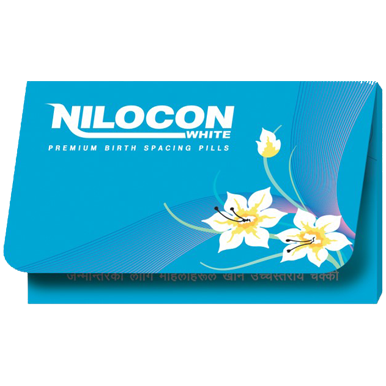Start with Metformin 500 mg once a day to maximum 1000 mg twice a day; take with meals; hold if CrCl< 30 ml/min/1.73 m2.
If HbA1C target not reached after 3 months, add one of-
- Sulfonylureas: Glimepiride 1 mg to max 4 mg/day, with breakfast or first main meal of the day. Beware in elderly patient as risk of hypoglycemia
- SGLT2 inhibitor: Empagliflozin 10 mg once daily in the morning, with or without food. Prefer in patients with ASCVD, heart failure or diabetic kidney disease.
- DPP-4 Inhibitor: Linagliptin 5 mg once daily, may be administered with or without food. Linagliptin can be used without dose adjustment in renal impairment, including ESRD.
- Thiazolidinediones: Pioglitazone 15 to 30 mg once daily; may be administered without regards to meal; beneficial in NAFLD. Serious side effects include worsening heart failure, increase bone fracture risk.
If HbA1C target not reached after 3 months, add another drug of different group from the above list as per patient comorbidity and safety profile.
If goal not reached after 3 oral hypoglycemic drugs, add insulin.
Note: Start with dual therapy if HbA1C > 9% on initial presentation. Begin insulin therapy for HbA1C > 10 % or blood glucose > 300 mg/dl at initial presentation.
HbA1C targets:
< 7%- Most of non-pregnant adults
< 8%- history of severe hypoglycemia, limited life expectancy, advanced micro or macrovascular complications.
References:
1. ADA Standards of Medical Care in Diabetes- 2020
2. Pocket Primary Care 2nd Edition. 2018
3. Uptodate 2021
